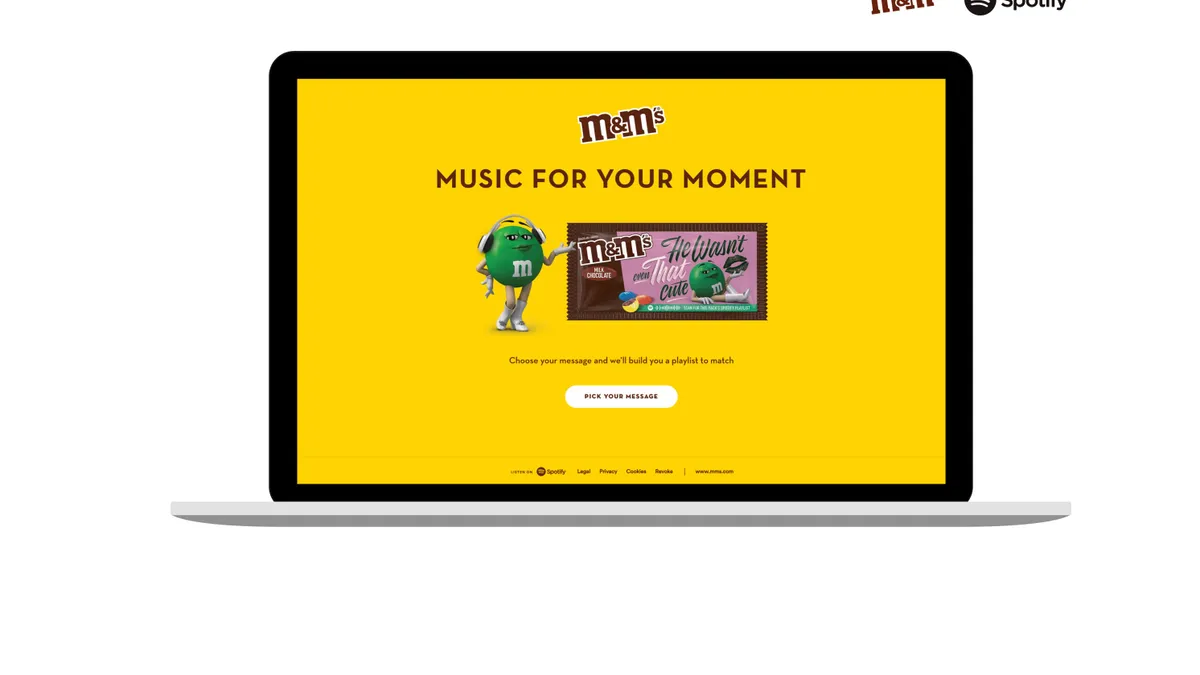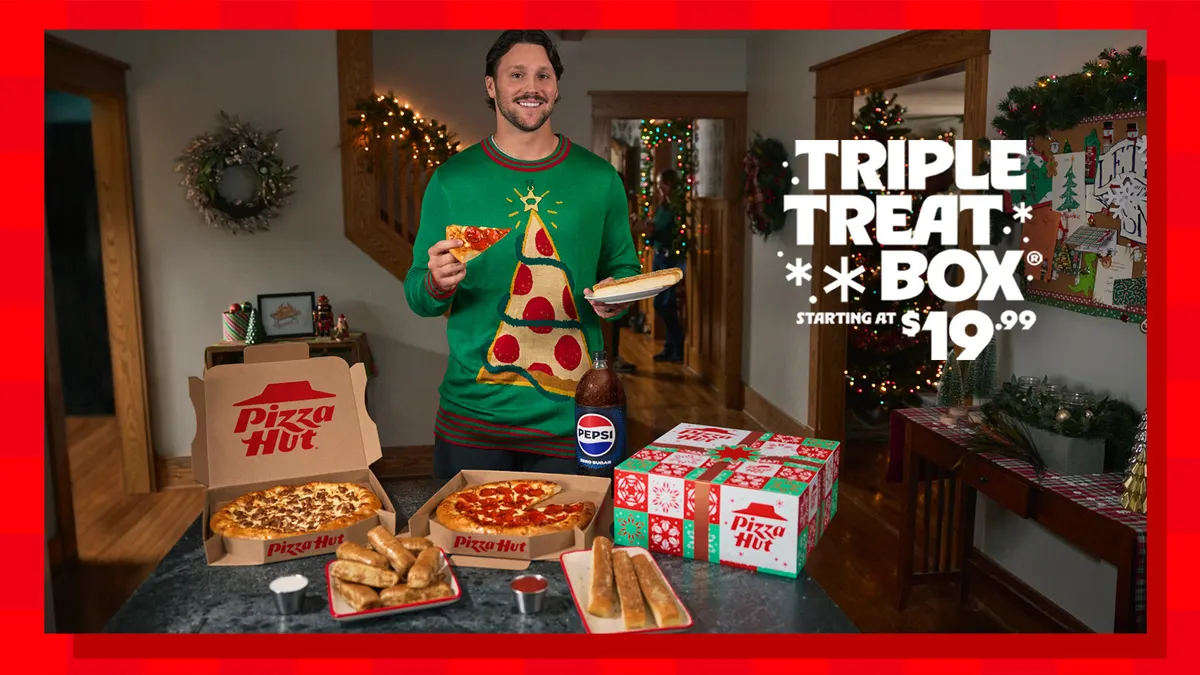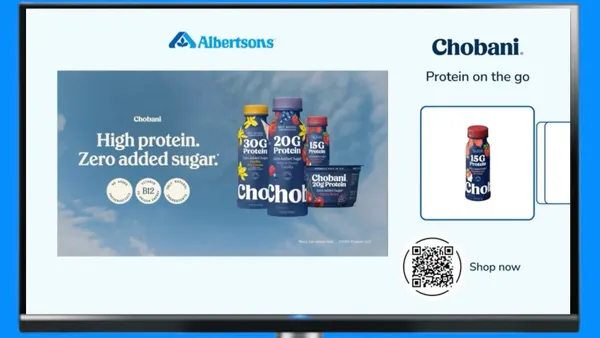For marketers, the principle of advertising to the right consumer at the right time and in the right place continues to be more complicated in practice than theory. New regulations and tech company rule changes have limited marketers' ability to track and target people. And while Google has delayed its phaseout of third-party cookies, a bedrock of digital advertising faces its end sooner than later.
As targeted advertising becomes more difficult, contextual advertising has emerged as one way to serve relevant ads while respecting consumers' views on privacy and personalization. In the mobile world, advertisers expect to spend more in content environments with overt context signals, as 70% say context has become more important, per a survey by business intelligence firm Advertiser Perceptions.
Yet developing, testing and deploying contextual advertising requires a thoughtful approach by brands and agencies as they prepare for a cookieless future, according to several speakers during a live session at Advertising Week on Monday that was viewed virtually by Marketing Dive.
Contextual advertising can quite powerful and effective, helping to create the type of seamless ad experiences that consumers, publishers and advertisers want, Ron Amram, senior director of global media for Mars, explained during the session.
"[The cookie] is a tough thing to let go of, and I don't think anyone wants to, but the truth is, contextual makes the advertising experience and the media consumption experience better," Amram said.
Contextual marketing also presents a way for advertisers to reach consumers across an increasingly fragmented media landscape, allowing them to move past dayparts and demographics into being relevant to consumers in the moment, whether they're on a commute or during leanback time at home, Vinny Rinaldi, head of investment and activation at GroupM's Wavemaker, said during the session.
"There is no one-size-fits-all anymore, especially if you're an agency looking across a plethora of different categories [and] different brands."

Vinny Rinaldi
Head of investment and activation, GroupM's Wavemaker
Context can also help with brand safety and suitability. Rinaldi used an example familiar to parents with young children: His four-year-old son watches educational entertainer Blippi on YouTube, but because he is logged into Rinaldi's account, the ads are targeted to the father and not the son.
"If our technology can't solve that that's probably a child, we need better targeting capabilities to block out things like that," Rinaldi said. "Our technology is getting there, but I still think there's room for growth and things to fix."
One strategy for improving targeting of contextual advertising is creating a gradient that judges and prices content based on quality, helping marketers determine whether to buy a lot, a little or no ads near such content. That can help drive positive impact on growth and ROI, Amram explained.
"We have to view targeting and content from an offensive and defensive standpoint, so you can make your advertising more effective with these contextual filters," he said.
But whether by developing gradients, filters or triggers to measure and sort content, contextual requires legwork to develop a data strategy to understand audiences and marketing objectives. Rinaldi shared the example of a marketer advertising around a specific movie. If that marketer, as a rule, didn't advertise near news because of brand safety issues, it would be blocking possible ad opportunities around movie news.
"When you look at brand safety, you have to look at it more from an effectiveness standpoint as well, and really crack open the words and understand what they mean, and then really look at it from a cause and effect [perspective]," Amram added. "How is each of these going to impact your business, and how do you link ROI and growth to each of those?"
Turning signals into creative
Nearly three-quarters (73%) of consumers find it more appealing when an ad is related to the content of an article, per a study by brand safety and anti-fraud firm Integral Ad Science (IAS) cited during the session. The finding underscores the importance of a strategic approach to leveraging data signals for contextual advertising.
"From our perspective, there is no one-size-fits-all anymore, especially if you're an agency looking across a plethora of different categories [and] different brands, and really trying to figure out what are those different signals," Rinaldi said. "The data science team has been our most important partner here to figure out how do we build the right audience and data strategy to build a contextual lens."
For Mars' Amram, contextual advertising comes down to targeting and optimization of signals, which can differ across a company's offerings. Signals are good for Mars' pet nutrition division, but that isn't true at Mars Wrigley, where the company is "scrambling for any signal we can get." But the better the signal, the better the level of personalization and overall experience, which requires optimization based in analysis and continuous improvement, he said.
Robust testing is crucial for that continued improvement of contextual advertising. Over the past few years, Mars has ramped up a rigorous — and expensive — test and learn program with a host of different partners. Tests are layered across country, market and brand to find how success or failure is being driven by creative, media, agency or audience. This is a complex procedure that requires hypotheses and extensive testing.
"You literally have to build the learning agenda that's a year or longer on each of these hypotheses and test them in different markets in different places across different brands," Amram said.
Agency partners like GroupM's Wavemaker can help the process, developing a measurement and learning agenda before a media plan takes shape, Rinaldi said. This approach allows the goals — whether increasing household penetration or taking share from competitors — to drive the agenda.
"If we're not learning your business outcomes first and then working backwards through an agenda, we're gonna miss those opportunities to really craft that testing phase," he said.
"If you just buy cheap, you will end up sabotaging your campaigns and undermining your growth."

Ron Amram
Senior director of global media, Mars
Both speakers stressed that testing requires constant iteration, not checking a box. It also requires the right partners, which should be found not with a focus on price, but on value and output.
"If you just buy cheap, you will end up sabotaging your campaigns and undermining your growth. … It's cost and quality — both need to be measured simultaneously. And that's the key thing," Amram explained.
Along with consumers preferring contextually matched ads, such ads also saw a 25% lift in memorability, per IAS research. To take advantage of this from a creative approach, Mars is working to be more diligent and granular about audiences. With a widely popular brand like M&M's, the audience is nearly every consumer, making one-to-one personalized experiences practically impossible. Mars breaks down its audience into large groups and uses various contextual signals to deliver the right creative to different groups at various times.
Rinaldi shared an example from his time at Mars competitor Hershey's around creative that features s'mores. While typical creative would showcase cooking outdoors around a fire, that setting might not be appropriate to someone in a crowded city. In that case, creative depicting making s'mores in the oven may be more relevant.
"Subtle nudges, from a creative perspective, give somebody [an ad] that's more personalized in their moment, versus everyone's moment," he said. "Understanding of who your consumer is has never been more important."























